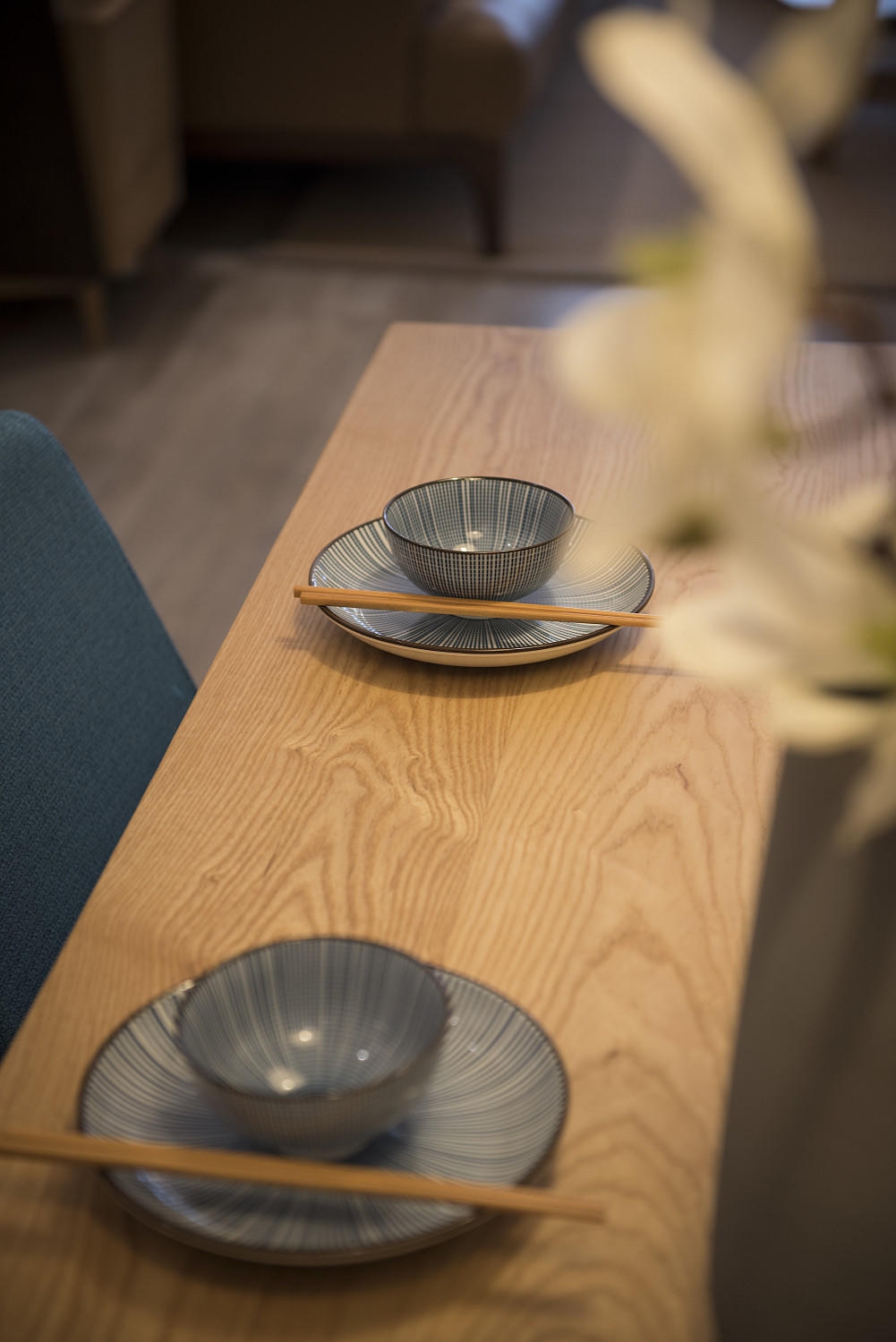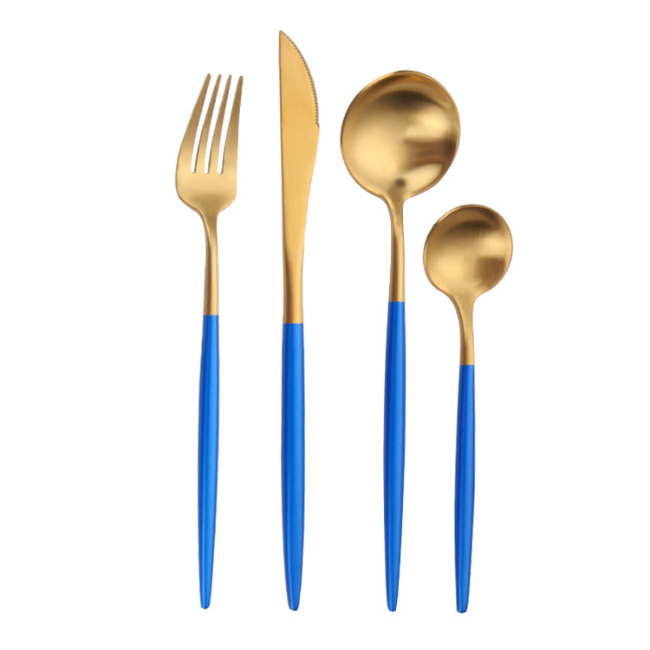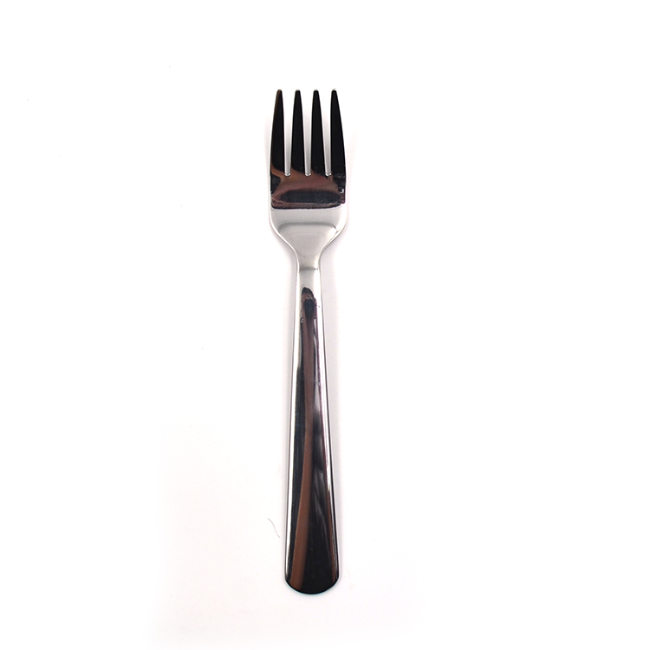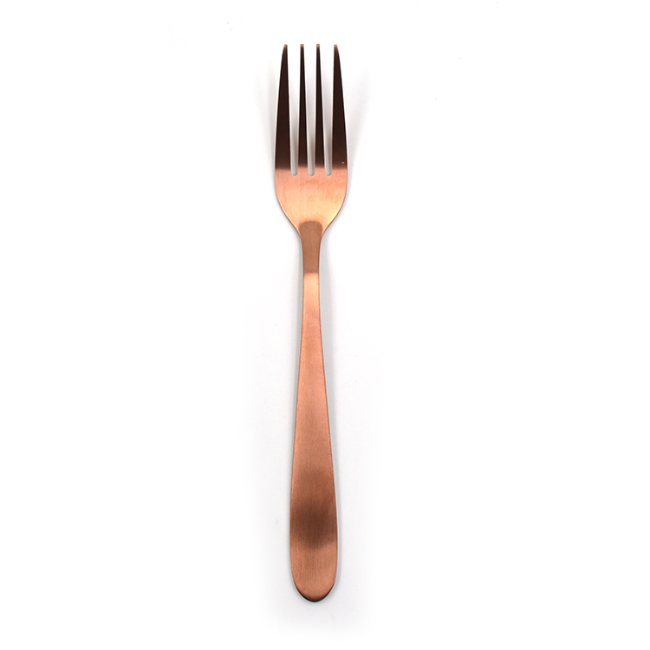
01 May
When Were Plates Invented?
When Were Plates Invented?The invention ...
When Were Plates Invented?
The invention of plates is a fascinating journey that spans centuries and cultures. These everyday items have evolved significantly, leading to the modern dining experience we enjoy today. Let’s explore the history of plates and their impact on dining culture.
1. Ancient Beginnings
The earliest plates date back to ancient civilizations, including the Egyptians and Greeks. Initially, they were made from natural materials like wood, clay, and stone. These primitive plates were functional, used primarily for serving food.
Materials Used:
· Wood: Early plates were often crafted from carved wood.
· Clay: The introduction of pottery allowed for more durable and decorative options.
2. The Roman Influence
During the Roman Empire, plates began to resemble what we recognize today. The use of shop dinnerware & flatware became widespread among the affluent, as they sought to display wealth and sophistication.
Roman Innovations:
· Glazed Ceramics: For a refined look.
· Metal Plates: Silver and bronze became popular among the elite.
3. The Middle Ages
In medieval Europe, the use of plates became more standardized. Ceramic production advanced, leading to the creation of beautiful designs. During this time, American made flatware began to emerge, as settlers brought their culinary traditions with them.
Key Developments:
· Porcelain: Introduced from Asia, revolutionizing dining.
· Tin and Pewter: Common materials for plates among the lower classes.
4. The Renaissance and Beyond
The Renaissance sparked a renewed interest in artistry and craftsmanship. Plates became not only functional items but also decorative pieces. This era saw the rise of elaborately designed modern flatware and dinnerware, setting trends that continue today.
Renaissance Highlights:
· Artistic Plates: Hand-painted designs became a status symbol.
· Innovation in Materials: The introduction of new ceramics and metals.
5. Industrial Revolution
The Industrial Revolution brought about mass production, making plates accessible to a wider audience. Companies like Homefelt began producing high-quality dinnerware that combined durability with style, catering to the needs of everyday consumers.
Mass Production Impact:
· Affordability: Quality plates became available to all.
· Diverse Designs: A wider range of styles emerged, catering to different tastes.
6. Conclusion
In conclusion, the history of plates is a testament to human creativity and innovation. From ancient wooden designs to modern stainless steel options, plates have come a long way. As you shop for dinnerware and flatware, remember the rich history behind these everyday items, and consider investing in quality pieces that reflect your style and elevate your dining experience.





